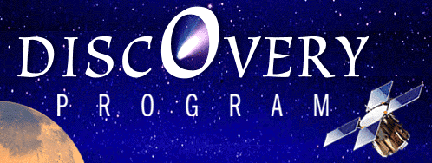This is a picture from the Discovery program web site.
Click on image for full size
Courtesy of NASA
Discovery Program
NASA's Discovery program specializes in low-cost, scientific projects. There are currently six projects in the Discovery Program. Three of them have already completed their primary missions.
Lunar Prospector has successfully mapped the Moon's composition and gravity field,
Mars Pathfinder landed on the Red Planet and
NEAR orbited Eros for a year ending with a successful landing in February 2001.
The other three Discovery program missions are the
Stardust,
Genesis and
CONTOUR
missions.
On July 7, 1999, two more missions were chosen to be a part of the Discovery program - Deep Impact and the MESSENGER mission to Mercury. These projects are in development.
You might also be interested in:
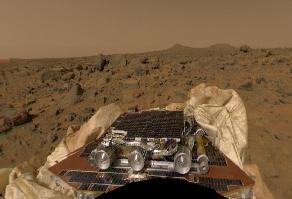
The goal of the Mars Pathfinder (MPF) mission was to analyze the rocks and soil of Mars. The MPF was actually 2 parts, a lander and a rover. The lander stayed right where it landed while the rover named
...more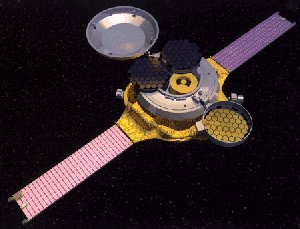
On July 30, 2001, NASA is set to launch the next of its robotic space missions: The Genesis mission. After launching on a Delta II rocket from Cape Canaveral, the Genesis spacecraft will travel toward
...more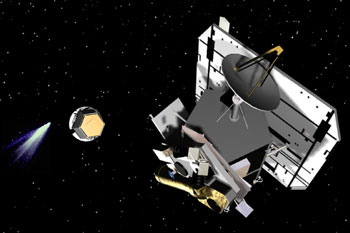
NASA chose Deep Impact to be part of a special series called the Discovery Program on July 7, 1999. The Discovery program specializes in low-cost, scientific projects. In May 2001, Deep Impact was given
...more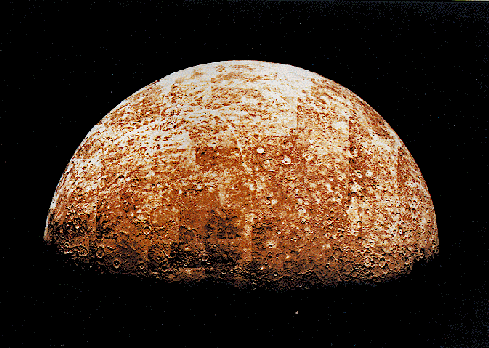
The MErcury Surface Space ENvironment, GEochemistry Ranging mission (MESSENGER) was chosen as the next mission to Mercury. The Mariner 10 spacecraft last visited Mercury in 1975. Since then, scientists
...more
The Hubble Space Telescope (HST) was one of the most important exploration tools of the past two decades, and will continue to serve as a great resource well into the new millennium. The HST found numerous
...more
Driven by a recent surge in space research, the Apollo program hoped to add to the accomplishments of the Lunar Orbiter and Surveyor missions of the late 1960's. Apollo 11 was the name of the first mission
...more
Apollo 12 was launched on Nov. 14, 1969, surviving a lightning strike which temporarily shut down many systems, and arrived at the Moon three days later. Astronauts Charles Conrad and Alan Bean descended
...more


